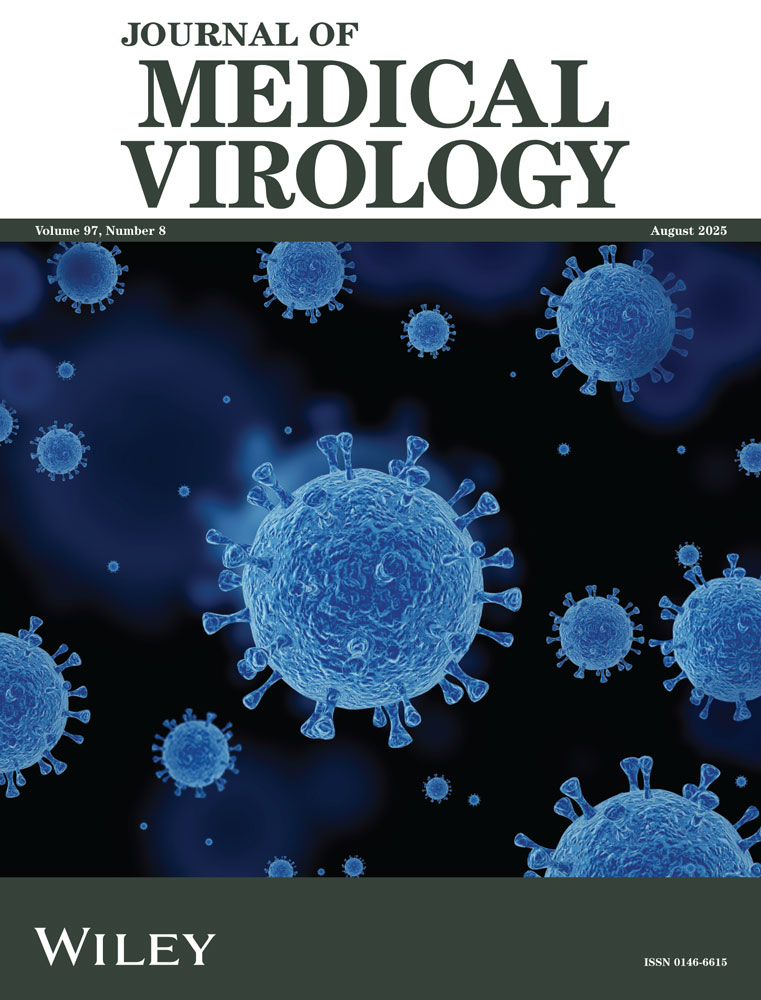Clinical significance of a set of single nucleotide polymorphisms of hepatitis B virus core gene in Chinese Han patients with chronic hepatitis B
Abstract
To evaluate clinical significance of a set of SNPs of HBV core gene, a modified PCR-RFLP assay developed by Hannoun was adapted to determine HBV SNPs in 312 Chinese Han patients with chronic hepatitis B. Five typical RFLP patterns were found and named RFLP patterns C, D, E, G, and C/G mixture. The distribution of RFLP patterns was as follows: C, 61.5%; D, 2.6%; E, 9.6%; G, 16.7%; C/G mixture, 9.6%. The PCR amplicons of core gene were cloned into pGM-T, then colony PCR combined with RFLP and sequencing were used to confirm the presence of cleavage sites of Tsp509I and SNPs. 5 SNPs, A261T, A336C, A336T T337C and T385C, were found to be associated with RFLP patterns change and only SNP A336C or A336T caused the substitution of Glu-83 with Asp in HBcAg. The serum HBV DNA level in RFLP pattern C was higher than that in RFLP pattern G and C/G mixture, respectively, most possibly which associating with aminoacid change, Glu83Asp. The rate of elevated serum ALT levels in RFLP pattern C/G mixture was significantly lower than that in RFLP patterns C and G, respectively. The PCR amplicons of HBV S gene were sequenced and genotyped with HBV genotyping tools. It was found that RFLP patterns E and G were categorized into genotype B, RFLP pattern C showed two genotypes (B, C), and RFLP pattern D coincided with HBV genotype D, therefore, the modified PCR-RFLP can be adapted to determine HBV SNPs, not genotypes in Chinese Han patients with chronic hepatitis B. J. Med. Virol. 80:1885–1890, 2008. © 2008 Wiley-Liss, Inc.




